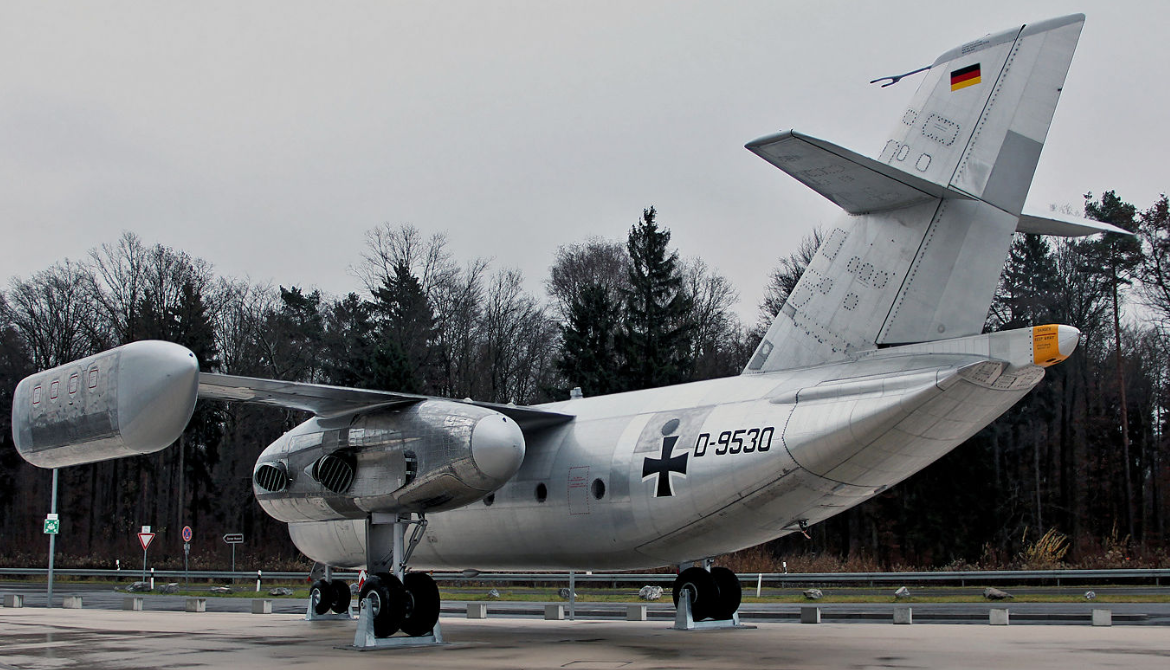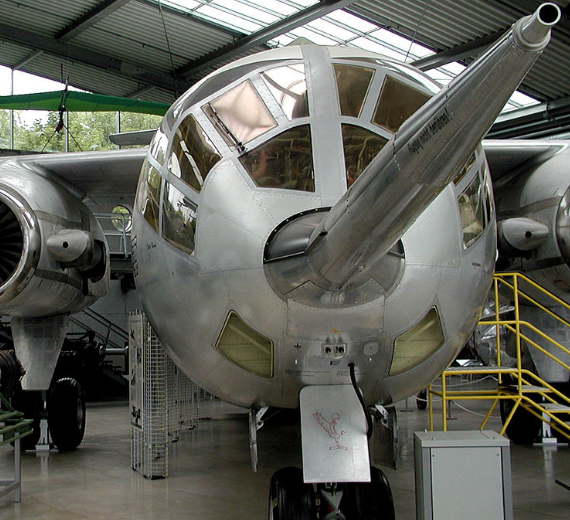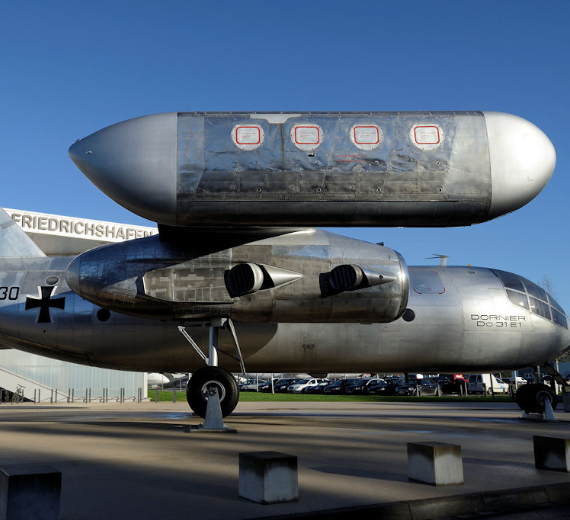.
History Dornier Flugzeugwerke
Dornier Do 31 is an experimental VTOL
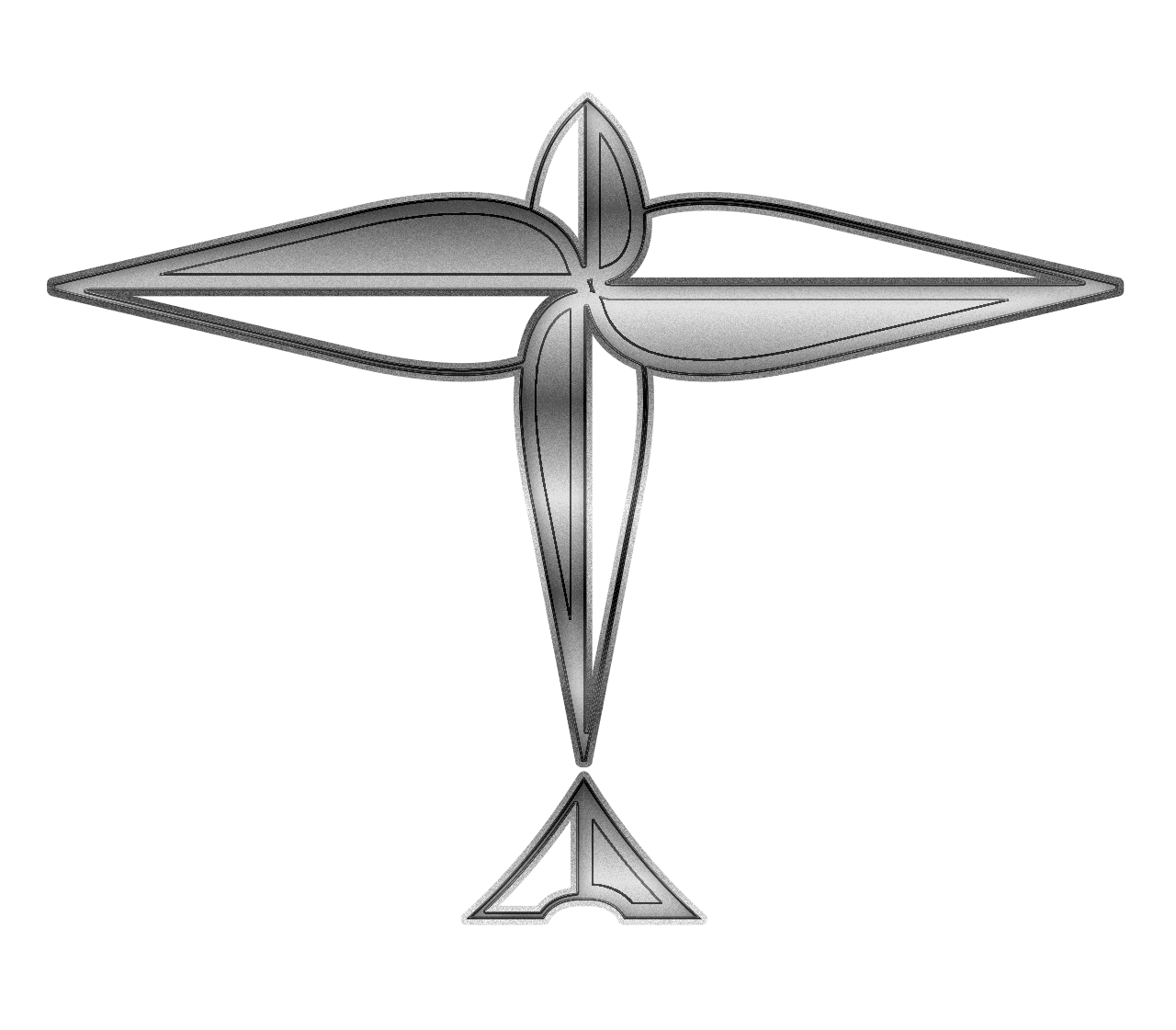
The Dornier Do 31 is an experimental vertical take-off and landing (VTOL) jet-propelled transport designed and produced by West German aircraft manufacturer Dornier.
The development of the Do 31 was motivated principally by heavy interest expressed by the German Air Force in the acquisition of short take-off and vertical landing aircraft (STOVL)-capable aircraft. Such ambitions received a further boost from the issuing of NATO specification NBMR-4, which called for a VTOL-capable tactical support aircraft that would be operated in conjunction with the EWR VJ 101, a West German VTOL strike aircraft designed under the NATO contract of BMR-3. A total of three aircraft, two flight-capable and one static airframe, were constructed and used for testing. On 10 February 1967, the Do 31 performed its maiden flight; the first hovering flight of the type took place during July 1967.
Programme launch and design

During February 1962, the formal launch of the Do 31 programme occurred with the issuing of a development contract from the West German government. By the start of 1964, Dornier had started building a pair of prototype aircraft; their manufacture was largely performed at the company's Oberpfaffenhofen plant.A total of three test prototypes were constructed, these being E1, E2 and E3 - the "E" indicating Experimentell (Experimental). E1 was powered only by the Pegasus engines, having been designed to test horizontal flight. E2 was a static test airframe, and did not ever fly. E3 was furnished with both Pegasus and RB162 lift engines installed, being intended to evaluate the design's vertical flight mode.
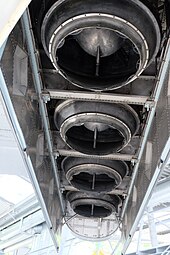
The design of the Do 31 was heavily reliant upon its engine configuration. Dornier had opted to incorporate the British-built Bristol Pegasus vectored-thrust turbofan engine, an existing powerplant that was most famously used to power the Harrier jump jet. On the Do 31, a pair of Pegasus engines were housed in each of the two inboard nacelles; during the vertical phase of flight, additional lift was provided by an arrangement of four vertically mounted Rolls-Royce RB162 lift engines located in each of the outer nacelles.
0
KmCeiling
0
KmCombat RANGE
0
Km/hAircraft Speed
0
Max Crew
Photo Gallery
Dornier Flugzeugwerke
Dornier Do 31 is an experimental VTOL


Dornier Flugzeugwerke
Dornier Do 31 is an experimental VTOL
General Info
-
-
- Crew: Two
- Capacity: 36 troops or 24 casualty stretchers and 3,500 kg useful load
- Length: 20.53 m (67 ft 4 in)
- Wingspan: 18 m (59 ft 3 in)
- Height: 8.53 m (28 ft 0 in)
- Wing area: 57 m2 (613.56 sq ft)
-
Powerplant
-
- Gross weight: 22,453 kg (VTOL)
- Max takeoff weight: 27,422 kg
- Powerplant: 2 × Rolls-Royce Pegasus BE.53/2 turbofan, 68.95 kN (15,500 lbf) thrust each
- Powerplant: 8 × Rolls-Royce RB162-4D Vertically mounted turbojet lift engines, 19.57 kN (4,400 lbf) thrust each
-
Performance
- Maximum speed: 730 km/h (452 mph
- Cruise speed: 650 km/h (404 mpn
- Range: 1,800 km (1,120 mi, 970 nmi) with maximum payload
- Service ceiling: 10,700 m
- Rate of climb: 19.2 m/s (3,780 ft/min) -using Pegasus engines only
.
Links to Youtube & Others
On 10 February 1967, the first prototype (E1) conducted its maiden flight, powered by just the two Pegasus engines. During July 1967, the third prototype (E3), which was furnished with all ten of its engines, performed the first hovering flight.
Dornier Do 31 is an experimental VTOL
The Do 31 was the first, and so far only, vertical takeoff jet transport ever built. During April 1970, it was announced that the project had been terminated,
Youtube Link
Conceived as a competitive aircraft the Bf 108 would take part in the 1936 Berlin Olympics.



